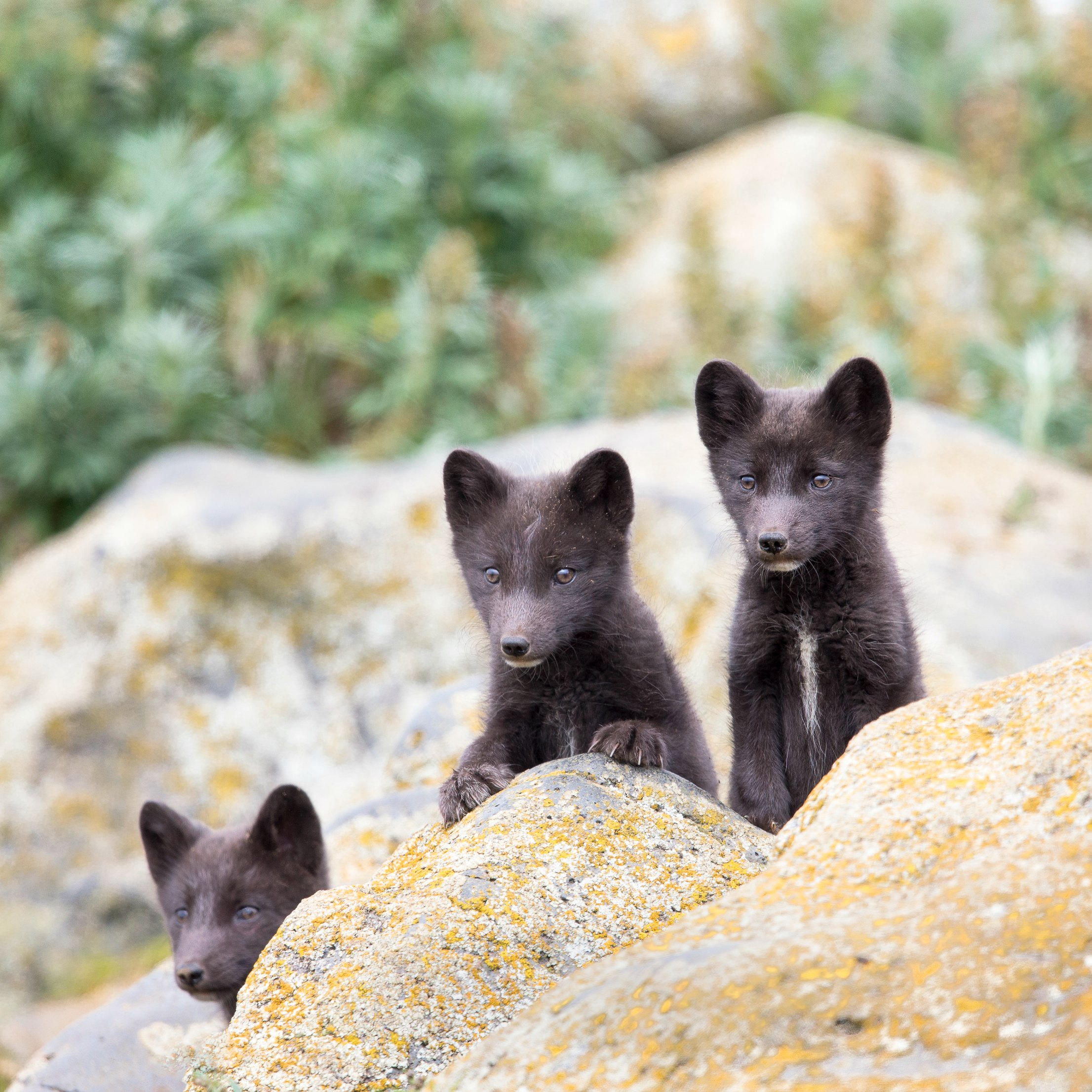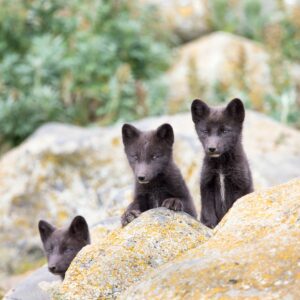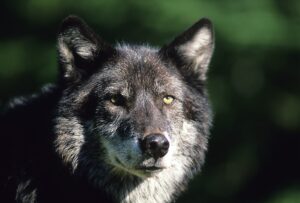
Keeping the wild in wildlife
March 31, 2017 update
Court allows 15 groups to have a voice in Safari Club lawsuit
The U.S. District Court ruled to allow 15 national, state, and local groups to participate in the Safari Club lawsuit on aggressive predator control. The ruling was in response to a February filing by Trustee’s to intervene in the case on behalf of its 15 clients.
“Many Alaskans who value the presence of predators in our recreational areas feel ignored because decision makers are only listening to one user group,” said Michelle Sinnott, an attorney for Trustees for Alaska. “Today’s court decision allows them to be heard in a lawsuit about the State’s aggressive targeting of predators on National Parks and Refuges in Alaska. These longtime Alaskans and conservationists want to preserve wildlife diversity on important recreational lands in Alaska. They want all users, not just hunting interests, to be represented when decisions are made about wildlife management on public lands. It is important that the voices of all Alaskans who want to experience thriving wildlife populations are heard. This court decision makes sure they will be.”
_____________________________________________________________________________
Fighting to preserve wildness is the Alaska way of life
Back in the 1970s, Fran Mauer worked as a wildlife biologist for the U.S. Fish and Wildlife Service where he compiled research to support proposals for new national wildlife refuges through the Alaska National Interest Lands Conservation Act (ANILCA).
“The idea central to the movement at the time was that in Alaska, we still have a chance to avoid the mistakes made with public lands in the Lower 48,” he said. “We still have a chance to protect parts of it—the most important parts. We still have a chance to let nature be nature, because the wildness of those lands is what we had deep in our hearts. That was the inspiration behind the lands act.”
Turning federal lands into game parks
Today we still fight for that wildness. This month, Trustees filed a request in federal court to defend regulations protecting wildlife in Alaska National Preserves and National Wildlife Refuges.
Our legal action on behalf of 15 clients is a response to two lawsuits by the State of Alaska and Safari Club. These lawsuits challenge National Park Service and U.S. Fish and Wildlife Service regulations prohibiting aggressive sport hunting methods targeting bears and wolves.
Put bluntly, the State and Safari Club want to turn federal lands into “game parks” for hunters by killing wolves and bears, said Mauer, who retired from federal service in 2002 and is an active board member of the Alaska Chapter of Wilderness Watch.
The culling methods the State wants to allow on federal lands include shooting brown bear over bait, using traps and snares to take brown bears, shooting mother bears and cubs, killing wolves and cubs while denning, and shooting bears from aircraft or on the same day as using aircraft to scout them. The State already pays to kill predators on state lands using these methods.
Protecting our wildlife heritage for the next generations
This kind of predator management goes against the very purpose of National Parks and Wildlife Refuges—to maintain our wildlife heritage in its natural state and to protect wildlife diversity.
Scientists now know the importance of predators, particularly keystone species like wolves, to the health of our wilderness areas and wildlife. Their role is more complex and far-reaching than previously understood.
The reintroduction of wolves to Yellowstone has led to new growth of willow and aspen that had been significantly reduced by over-populations of elk. This has enabled the recovery of eroded stream banks and increases in beaver and songbirds, for example.
“The effects of a top predator in the ecosystem has ramifications through the entire ecosystem,” said Mauer, “to other animals, birds, plants, and even streams in ways we do not yet fully understand.”
Predators under attack in court and Congress
Right now, Fish and Wildlife Service regulations that prohibit aggressive predator control methods are under attack not only in court through the State of Alaska and Safari Club lawsuits, but also in Congress. All three Alaska legislators support the repeal of the Alaska National Wildlife Refuges Rule, which mandates management for wildlife diversity in Refuges.
“There is no excuse for Alaska to be going down this road of greatly controlling the abundance of predators, and thus negatively influencing many other plants and animals,” said Mauer.
Alaska is in a collision course for repeating the mistakes made in the Lower 48, he said. All of us need to fight to keep the wild in our wildlife and wilderness.
Read more about how intense predator control lacks scientific or economic justification.




